
 |
| —*ADVERTISEMENT— |
 |
| CODE UPDATE | |
| Significant Code Changes to the 2012 International Building Code | |
| (The information below is excerpted from the Significant Changes to the 2012 International Codes series.) | |
| Parking garages, as well as other types of structures where motor vehicles are involved, present some unique characteristics that are addressed through the special provisions of Section 406. The sizes and operations of parking garages vary signifi cantly, and such differences are uniquely regulated. The varying requirements have now been reformatted to allow for the provisions to be more clearly applied to the correct situation. Those parking structures that fall outside of the scope of Section 406.3 regulating private parking garages are now identified as public parking garages. Click to continue reading more on this update to the 2012 IBC Significant Changes. |
|
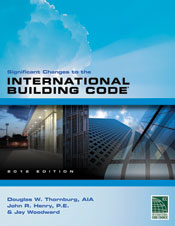  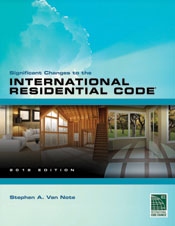  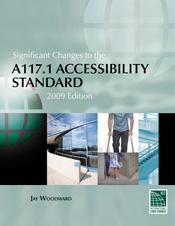 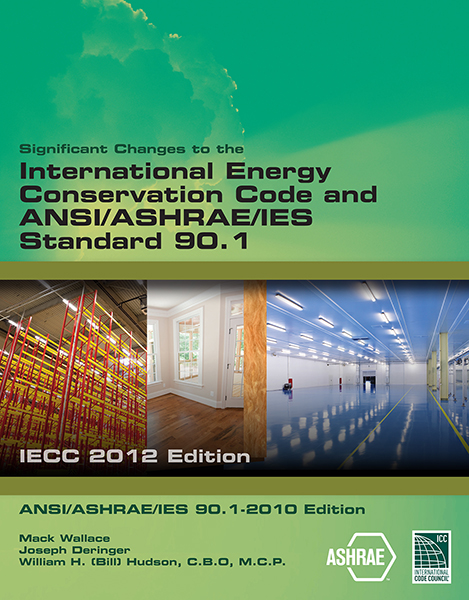 |
The Significant Changes to the 2012 International Codes series is designed to assist code officials, architects, engineers and other construction professionals transitioning from the 2009 to the 2012 editions of the International Codes. Authored by ICC code experts, the series offers a comprehensive yet practical analysis of hundreds of the most critical changes. Each color publication contains: revised code text; a summary of each change listed; in-depth change analysis; and a detailed photo, illustration or table for each change to deepen understanding. Coverage reflects provisions with special significance, including new and innovative design ideas and technologies, modern materials and methods of construction, and current approaches to safety and stability. |
| Back to top | |
| —*ADVERTISEMENT— |
 |
| CODE BASICS |
| Residential, Based on the 2012 International Residential Code |
| (The information below is excerpted from the 2012 Building Code Basics series.) |
| For other than engineered soil conditions, footings must bear on undisturbed ground and extend below the frost depth to provide a stable foundation. In addition, exterior footings require excavation to at least 12 inches below the undisturbed soil. Vegetation, wood, debris, loose or frozen soil, and any other detrimental materials are removed prior to placing concrete.
Click to continue reading more on this excerpt from the Building Code Basics: Residential, Based on the 2012 IRC. |
| Back to top |
| —*ADVERTISEMENT— |
 |
| CODE HANDBOOK | |
| 2012 International Building Code Handbook | |
| (The information below is excerpted from the 2012 International Building Code Handbook.) | |
| The requirements for serviceability mean that structural systems and members must have adequate stiffness to limit deflection and lateral drift to an appropriate degree based on the intended use. Specific requirements are given in Sections 1604.3.1 through 1604.3.6. Click to continue reading more on this excerpt from the 2012 International Building Code Handbook. |
|
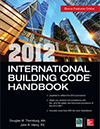 |
The 2012 International Building Code Handbook is a comprehensive, full-color guide to the entire 2012 International Building Code (IBC). Authored by ICC code experts and published by McGraw-Hill to assist code officials, architects and engineers in understanding the code, this publication covers both structural and fire- and life-safety provisions. This time-saving resource makes it easy to understand and apply complex IBC requirements and achieve compliance. |
| Back to top |
 |